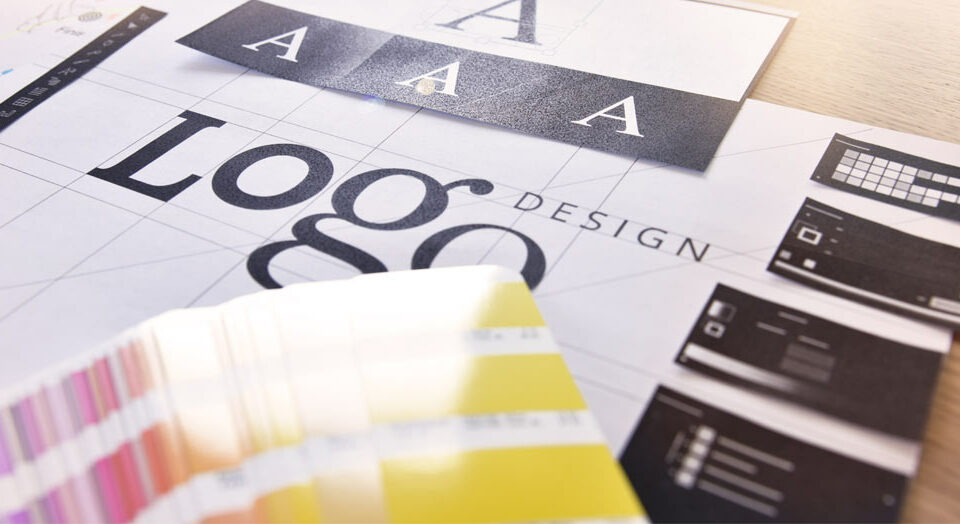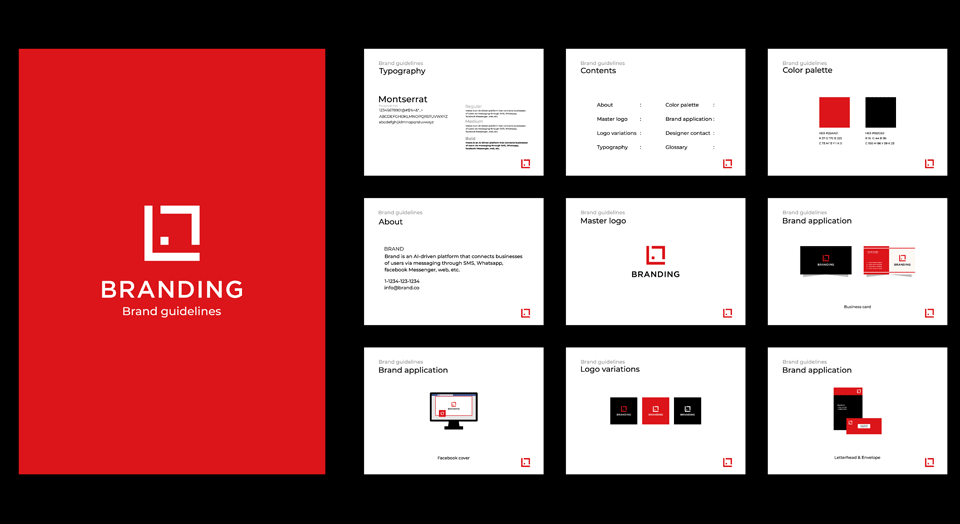
Do Pop-Up Ads Still Convert? (And 5 Alternatives For When They Don’t)
June 1, 2020
Are Customer Journey Maps Part of Your Marketing Toolkit?
June 11, 2020How To Utilize Color Psychology In Marketing

Colors have meaning. They are more than pigments on a page or hues from a computer screen. Have you ever felt calm and serene while at the beach or felt a sense of joy when looking at the color yellow? There are reasons for that. Those reasons are why marketers and graphic designers use certain colors in any marketing campaign or brand design. Colors can evoke emotions from the viewer, possibly persuading them to think a certain way or feel a certain way just from a glance. This is called color psychology and expert graphic designers and marketers have used this to increase the impact of a marketing campaign.
What Is Color Psychology?
This is an area of research that focuses on how color influences behavior and decision-making. A good understanding of color psychology can increase the impact of a marketing campaign tenfold. When that knowledge is used in marketing, certain colors can impact the way a company’s target audience views its brand or can evoke certain emotions in ways that are not always apparent. In order to understand color psychology, it is important to understand color theory.
What Is Color Theory?
Color theory is the art and science of how different colors mix and match together, creating an aesthetically pleasing image to convey a certain message. It involves things like the artistic color wheel and color models like CMYK and RGB. The artistic color wheel consists of primary colors red, blue and yellow. This is mainly done with pigments, paints, inks or natural dyes.
Color models were put into use because of digitized ways to create art. CMYK stands for cyan, magenta, yellow and key or black. It can also be called the subtractive color model because the light waves subtract as each color is mixed together. All the colors mixed create an imperfect black, which is what the “key” stands for. Since this color model shows how colors are mixed with pigments, it is typically used for printing any kind of marketing material.
RGB, which stands for red, green and blue, show how colors overlap on screens in different intensities. This color theory can also be called the additive color model because the color is not overlaid to create a new color, but instead appears as light is shone on it. All the colors mixed create white. Since this color model shows how colors overlap, it is used for all digital designs like websites and social media visuals.
Understanding how colors combine and invoke a variety of moods will help you utilize color in marketing. There are many nuances of color that, when used thoughtfully, will help tell your story in your marketing campaign more effectively. Those nuances include hue, tints, shades, tones and saturation.
When looking on a color wheel, a hue is any of the primary, secondary or tertiary colors without any additions of white, grey or black. Hues can be found on the outer edges of the color wheel and when using a digital color picker, can also be found on the outer edges. Any hue that has white added is a tint, also known as pastel colors. Thee are softer and paler than its hue. Any hue that has black added to it is a shade. These are darker and duller than its hue. Any hue that has grey added to it is a tone. This defines the brightness or dullness of a color.
Another part of understanding how colors combine is understanding their harmonies. This is how colors create a color scheme that is aesthetically pleasing while also helping tell the story of your marketing campaign.
Warm Colors
These colors include yellows, yellow-oranges, oranges, red-oranges, reds and red-violets. Reds typically invoke positive emotions like power, passion, fearlessness, excitement, and negative emotions like anger, danger, warning, defiance, aggression and pain. It triggers powerful emotions, either positive or negative. It also creates a sense of urgency, encourages appetite and can get the pulse racing.
Red branding are typically invigorating, lively and iconic as red is memorable and transcendent. Different tones of red can give off positive and negative emotions. If you want your red to be positive, use positive words. Adding white or yellow gives it a soft, cheery vibe while adding black gives off a moody, deep vibe.
Red-violets, like magenta or pink, trigger positive emotions like imaginative, passionate, caring, creativity, innovation, quirky and negative emotions like outrageousness, rebelliousness, flippancy and impulsiveness. It is well known that this color is commonly used to portray femininity but it can also help to give a sense of youthfulness in a brand.
Oranges typically invoke positive emotions like courage, confidence, warmth, innovation, friendliness, energy, and negative emotions like deprivation, frustration, immaturity, ignorance and sluggishness. It produces feelings of warmth since it is usually associated with the sun.
It is also associated with bright, light and fun as well as cheap. Darker oranges are associated with Fall, making it a perfect option for “earthy” brands. For areas on your visual graphics that need to paid attention to, it is recommended to use vibrant oranges.
Yellows provoke positive emotions of optimism, warmth, happiness, creativity, intellect, optimism, liveliness, extroversion, and negative emotions like irrationality, fear, caution, anxiety, frustration and cowardice. It typically represents youthfulness, happiness, fun and sunshine. Using yellow gives your brand a sense of playfulness. If the yellow is dominant and bright, it will invite the viewer to find out more.
Cool Colors
These colors include yellows-greens, greens, blue-greens, blue-violets, and violets. Greens are typically associated with positive feelings like health, hope, freshness, nature, growing, prosperity, and negative feelings like boredom, stagnation, envy, blandness and debilitating. It is easy on the eye and humans have a strong primitive relationship to green as it represents life. It can also be linked to things like money, military, banking and finance. It is also commonly associated with natural and eco-friendly products and services.
Blues produce positive emotions like trust, loyalty, dependability, logic, serenity, security, and negative emotions like coldness, emotionlessness, unfriendliness and unappetizing. This color has a very calm effect on the mind as well as being the color of reason, strength, wisdom and trust.
Purples prompt positive emotions like wisdom, wealth, spirituality, imaginative, sophistication and negative emotions like reflection, decadence, suppression, excess and moodiness. It is no secret that purple has been associated with royalty. It is often recommended to use violet or purple in your marketing visuals sparingly unless your message is holistic and spiritual.
Complementary Colors
These are colors that are directly across from one another on a color wheel. It is typically one warm color and one cool color, creating a well-balanced harmony. When it comes to marketing with these types of colors, it is recommended that you use 80 percent of one color and 20 percent of the other. A 50-50 balance is too shocking, visually, making it extremely difficult to look at.
Analogous Colors
These are colors that are located right next to each other on the color wheel. This color scheme is calming and controlled, making an easily unified design. It is recommended to use at least three colors when doing this color scheme. One of the colors should dominate while others are used as accents. It is important to create some visual differences between each color so as not to blend or compete. If you need to portray knowledge, but not too much excitement, this color scheme is the way to go.
Monochromatic Colors
These consist of different shades and tints of the same hue. It may not be the best for marketing, but if done correctly can portray an excellent use of light and dark.
Triadic Colors
Triadic colors are three colors that are equally distant from one another on the color wheel. A good way of seeing this is to draw a triangle using the colors as points. They typically have two warm colors and one cool color, or two cool colors and one warm color. Some combinations can be tricky for digital graphics, like a triadic scheme of tertiary or secondary colors. If this is the color combination you want to go with, it is recommended that you choose primary triads in different shades and tints.
Split Complementary Colors
Similar to complementary colors, split complementary color harmony involves colors across from them on the color wheel, but they are not equidistant. This color scheme has three colors and one color is on one side while the other two colors are directly across from it on each side of the complementary. With this color harmony, it is best to use the 80/20 rule in which the dominant color is 80 percent and the other colors are 20 percent.
Square Colors
This color harmony involves four colors that are the same distance apart from each other on the color wheel. It forms a square when you connect them. Like the split complementary colors, it is best to follow the 80/20 rule for the dominant and accent colors.






